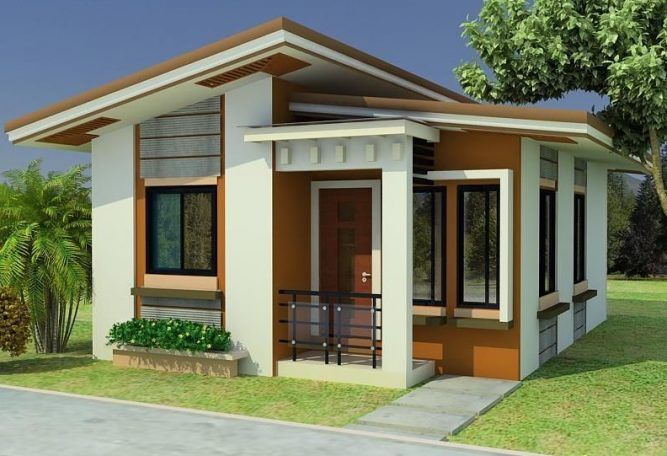In the Philippines, where a rich tapestry of cultural influences meets the demands of the tropical climate, roof design plays a crucial role in both the aesthetic appeal and functional efficiency of homes. From traditional to contemporary styles, Filipino roof designs are a blend of practicality, cultural heritage, and modern innovation. This article delves into the diverse world of roof designs in the Philippines, exploring the influences that shape them and the key considerations in creating roofs that stand up to the unique challenges of the climate.
Cultural Influences: A Tapestry of Traditions
Philippine roof designs are deeply rooted in the country’s diverse cultural heritage. The bahay kubo, or nipa hut, serves as a quintessential example. Its steep, thatched roof made from nipa palm leaves reflects a design that has withstood the test of time, offering natural ventilation and protection from the tropical elements. While modern materials have replaced traditional thatching in many contemporary homes, the bahay kubo’s influence is still evident in the graceful slopes of many Philippine roofs.
Climate Considerations: Battling the Tropics
The tropical climate of the Philippines presents unique challenges for roof design. With high temperatures, heavy rainfall, and the occasional typhoon, roofs must be designed to provide effective ventilation, water drainage, and resistance to strong winds. The pitch and material of the roof, as well as its orientation, play a crucial role in addressing these challenges while ensuring the comfort and safety of the residents.
Modern Innovations: Blending Tradition with Technology
While traditional influences remain strong, modern innovations have also made their mark on Philippine roof designs. Contemporary homes often feature flat roofs or low-pitched designs, allowing for more flexibility in architectural expression. Advanced roofing materials such as metal, concrete, and synthetic tiles provide durability and resistance to the harsh tropical elements, offering a balance between tradition and modernity.
Pitched Roofs: A Timeless Aesthetic
Pitched roofs, with their sloping surfaces, continue to be a popular choice in the Philippines. Not only do they pay homage to traditional designs, but they also serve practical purposes. The slope allows rainwater to drain efficiently, preventing pooling and potential leaks. Additionally, the pitch facilitates natural ventilation, promoting air circulation to cool the interior spaces—a crucial consideration in the tropical heat.
Flat Roofs: Contemporary Simplicity
In recent years, flat roofs have gained popularity in modern Filipino architecture. While diverging from the traditional pitched design, flat roofs offer a sleek and contemporary aesthetic. They are particularly well-suited for minimalist and modern architectural styles. However, proper insulation and water drainage systems are essential for flat roofs to withstand heavy rainfall and prevent water accumulation.
Material Choices: Durability in the Tropics
The choice of roofing material is a critical consideration in Philippine roof design. Metal roofing, with its durability and resistance to corrosion, is a common choice. Concrete tiles are also popular for their longevity and aesthetic versatility. Synthetic materials, such as asphalt shingles or PVC roofing, provide lightweight options that are easy to install and maintain. Each material has its advantages, allowing homeowners and architects to tailor their choices based on factors like budget, climate, and design preferences.
Ventilation Strategies: Beating the Heat
Effective ventilation is a key aspect of Philippine roof design, considering the country’s warm and humid climate. Gable vents, ridge vents, and other ventilation systems help release trapped hot air from the interior, promoting a cooler and more comfortable living environment. These features are often integrated seamlessly into the overall design of the roof to maintain both functionality and aesthetics.
Conclusion:
In the Philippines, roof design is a harmonious blend of cultural traditions, climate considerations, and modern innovations. From the steep pitches of traditional bahay kubo-inspired roofs to the sleek lines of contemporary flat roofs, Filipino architects and homeowners have a diverse palette to choose from. Balancing aesthetics with functionality, and tradition with modernity, the roofs of the Philippines stand as testaments to the dynamic and adaptive nature of architectural design in this tropical archipelago.

